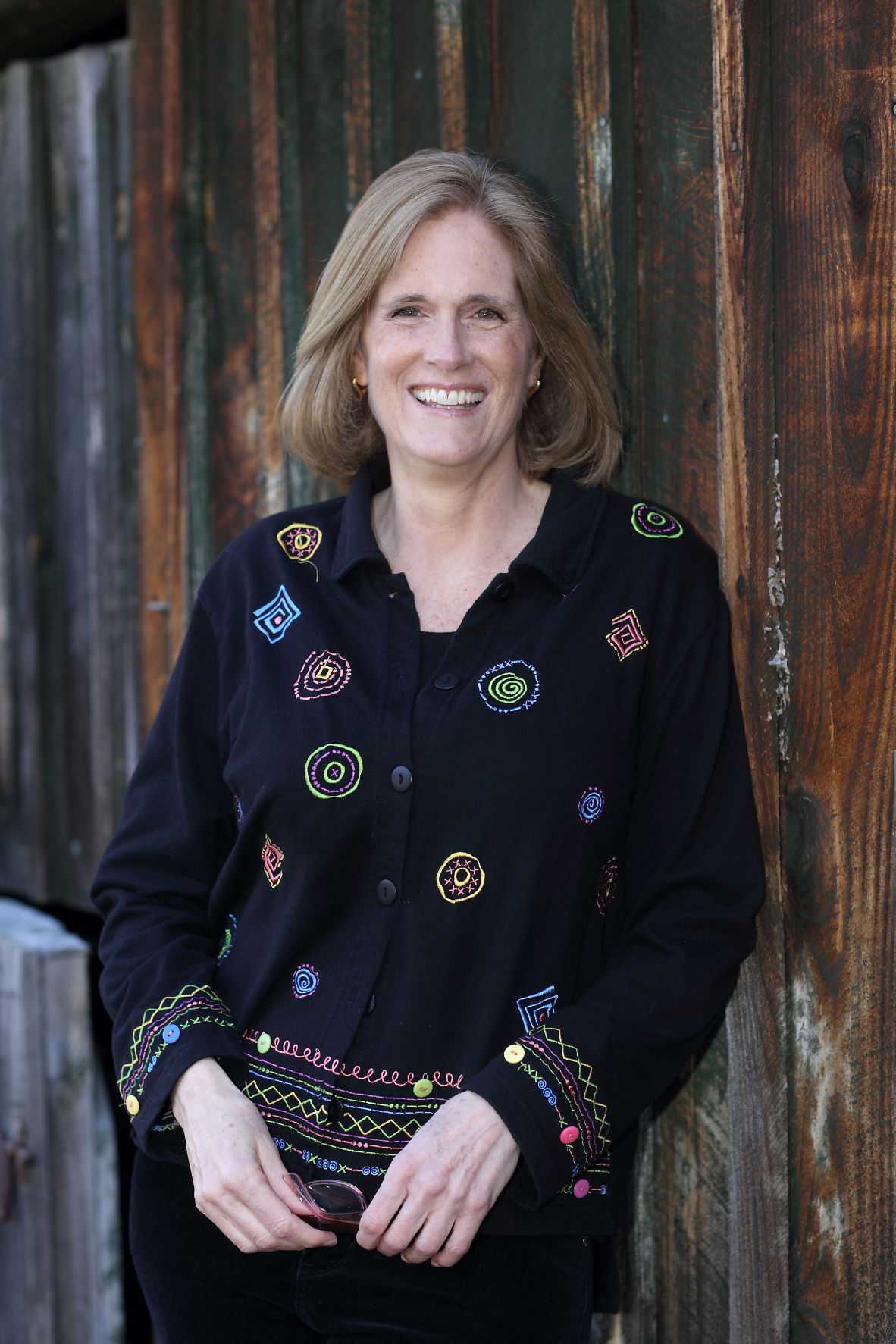
Google Translate: What’s the worst that could happen?
 Contributed by Wendy Pease an EO Boston member and president of Rapport International, which specializes in multilingual communications, providing language translation and interpretation services that are accurate and culturally appropriate. We use the right voice, correct terminology to avoid liability, customize services to your needs, and deliver on time and within your budget. We asked Wendy about the differences between human and machine translation. Here’s what she shared:
Contributed by Wendy Pease an EO Boston member and president of Rapport International, which specializes in multilingual communications, providing language translation and interpretation services that are accurate and culturally appropriate. We use the right voice, correct terminology to avoid liability, customize services to your needs, and deliver on time and within your budget. We asked Wendy about the differences between human and machine translation. Here’s what she shared:
In the US and other English-speaking countries, the tagline “Driving Matters!” brings the popular car company Mazda to mind.
Yet in Japan, the company’s tagline is “Jinbai Ittai,” a phrase that captures the feeling of a horseman warrior, riding across the plains totally in sync with his horse, or “the oneness of horse and rider.” Mazda wanted the tagline to evoke the energy and passion you feel when you drive their cars. Had their marketing department used Google Translate to convert the tagline to English, they would have sent a much different message to their US customers.
On three separate occasions, I put “Jinba Ittai” into Google Translate. The “oneness of horse and rider” translated to the following:
- One Horse
- Danger
- Jinba (the current translation)
Fortunately, the marketing team at Mazda researched the best way to adapt their tagline: human translation. Sure, taglines are a special case, so it makes sense that they benefit from human translation, but what about other text? How does Google Translate do with everyday language?
